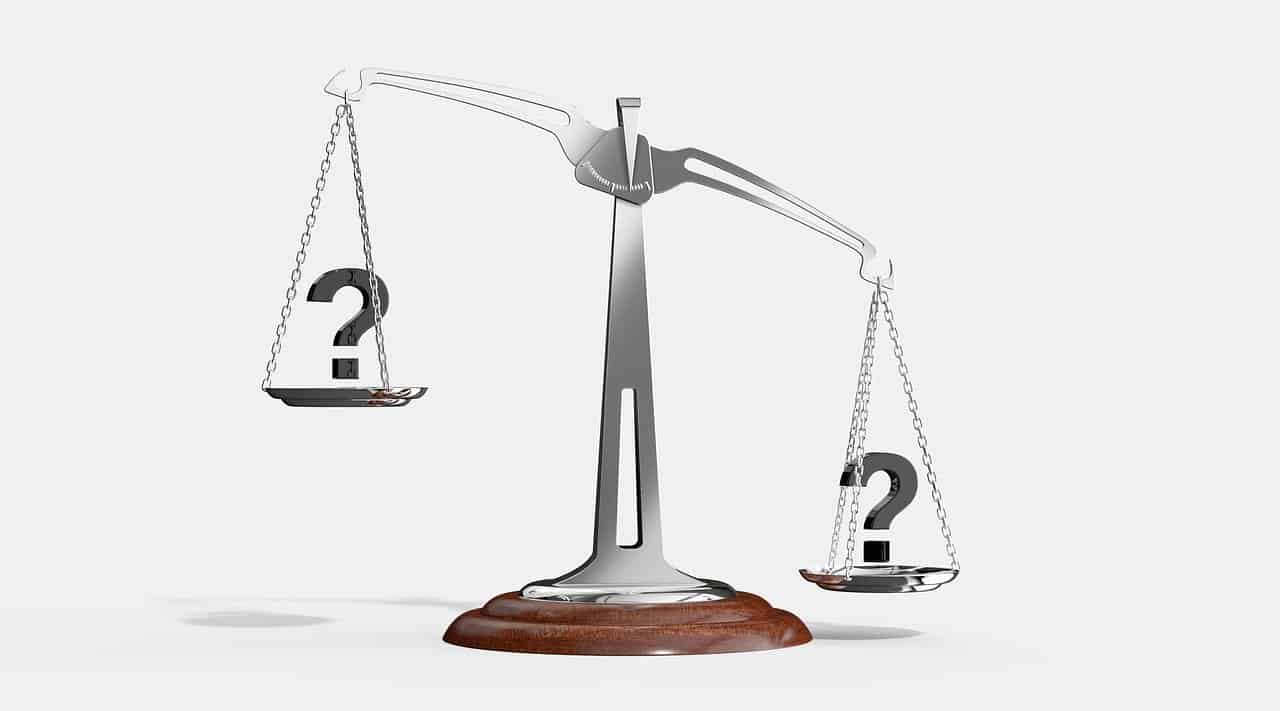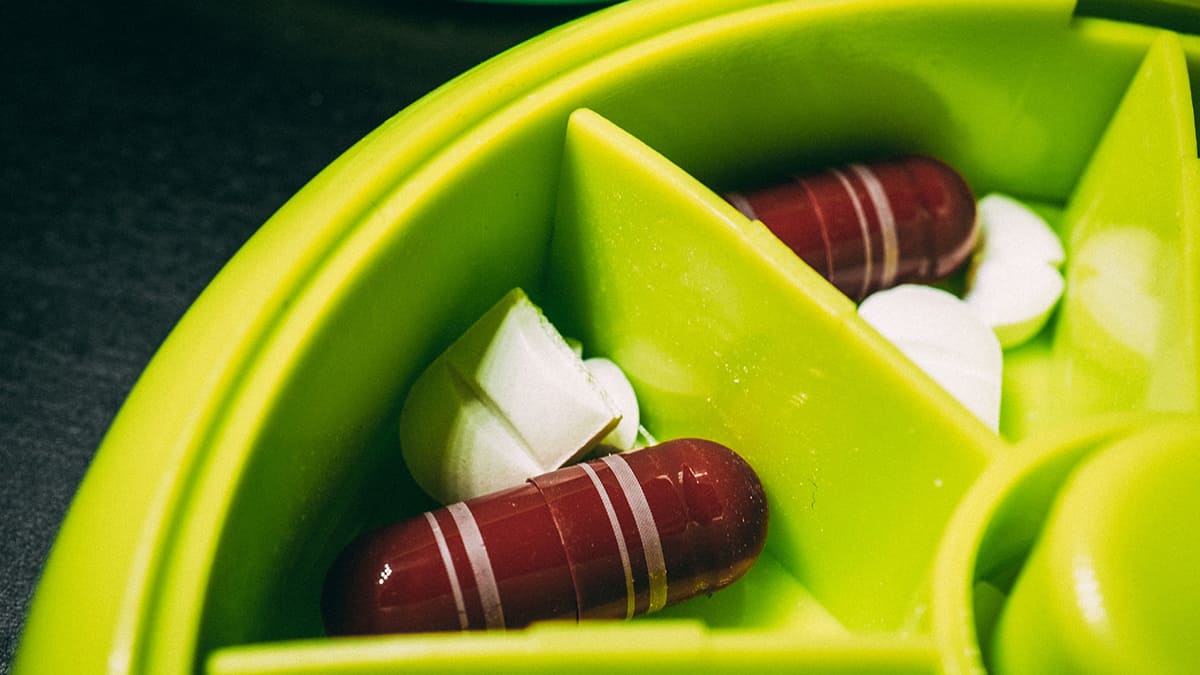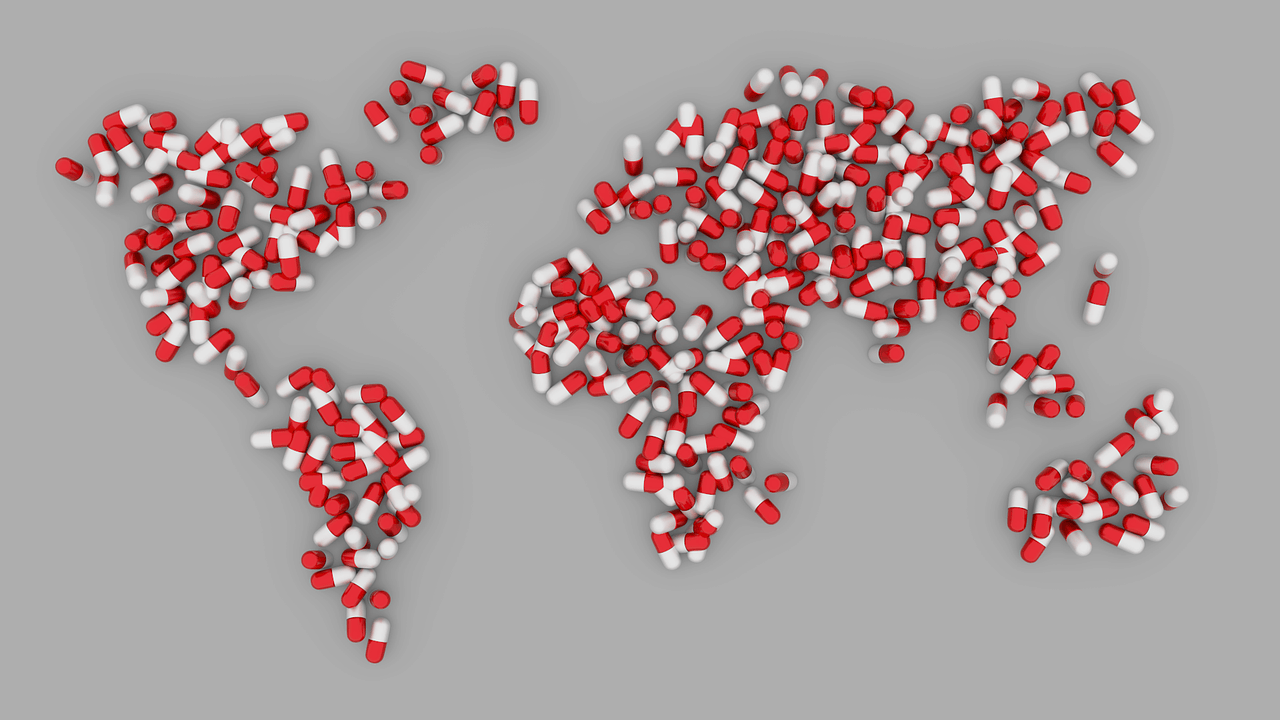Here's How to Buy Crestor (and Other Statins) for Cheap
high drug prices

High cholesterol is a leading health problem for American adults. According to the Centers for Disease Control and Prevention (CDC), up to one in three Americans (about 75 million people) suffer from high cholesterol. If left untreated, high cholesterol can lead to serious (and potentially fatal) health risks like cardiovascular disease and stroke.
There are several ways to manage cholesterol levels, one of which is medication. However, like many prescription medications in the United States, drugs like Crestor and other statins, which are among the most common medications prescribed to help Americans manage their cholesterol levels, can be prohibitively expensive for many people.
How Much do Statins Cost in the U.S?
It's no secret that the prescription drug market in the United States has an affordability problem. Even basic and routine medications are drastically marked up, rendering them essentially unaffordable for the average American consumer — even if they have health insurance. Drugs like Crestor, which help so many Americans stay healthy and avoid serious and potentially deadly health complications, sometimes come with hefty price tags in the American market.
And to make matters worse, many people with chronic health problems take more than one medication at a time, so every dollar can make the difference between the ability to pay for a prescription or having to do without. (In fact the CDC reports that four in ten Americans have more than one chronic condition.)
Statins are known as HMG-CoA reductase inhibitors because they work by blocking production of the liver enzyme responsible for creating a type of cholesterol in the body (another source of cholesterol is diet). With millions of Americans at risk for heart disease and stroke, statins are an important tool in the ongoing fight against heart disease, which is still the leading cause of death in the United States for both men and women.
There are several statins on the market including:
- Crestor (rosuvastatin)
- Lipitor (atorvastatin)
- Zocor (simvastatin)
- Livalo (pitavastatin)
- Mevacor (lovastatin)
- Pravachol (pravastatin)
- Lescol (fluvastatin)
- Altoprev (lovastatin)
Prescription statin use is so common that the CDC estimates that roughly 28% of American men and women over the age of 40 have been prescribed a statin like Crestor or Lipitor. More than 35 million Americans are believed to be taking a statin in order to help manage dangerous cholesterol levels and reduce their risk of a cardiac event.
Typically, prescription drugs that are used by more people tend to be more affordable than drugs used to treat very rare and short term illnesses. This is a matter of economic principle, in that common conditions (like high cholesterol) have a more diverse group of medications available to them, whereas rare conditions will have fewer options, and therefore higher prices.
However, this isn't necessarily the case with statins. Despite having multiple prescription options and millions of people taking them daily, statins aren't as cheap as one might think. With statins like Crestor — which generally need to be taken for life — even a modest price tag can make the medication prohibitively expensive. This is of particular concern for the millions of Americans with limited or no health insurance.
For example, the average cost for a 90-day supply of the 5mg dose of Crestor can soar to over $800.00 depending on the pharmacy and the insurance plan (if the patient is insured in the first place). The generic version (rosuvastatin) of Crestor is less expensive, but can still range from $25.00 to $150.00 depending on the pharmacy.
For comparison, a 90-day supply of a 20mg dose of Lipitor can average nearly $1500.00. The generic version (atorvastatin) can range in price from $25 for a 90-day supply of the 20mg dose up to $140.00, depending on the pharmacy you frequent.
Like other potentially life saving medications, people that suffer from high cholesterol and have an elevated risk for cardiovascular disease and stroke depend on statins to keep their cholesterol below dangerous levels. If the price tag of any given medication (or the cumulative price of all their medications) is too high, the very Americans who need pharmaceutical assistance in order to manage their chronic conditions may not be able to access the drugs they need.
If they are unable to access their medications, their conditions could worsen, which will cost them far more in the long run in hospital bills, rehabilitation, and potentially in-home health care aids or nursing homes.
Generic Statin Prices — A Potentially Cheaper Alternative
One of the advantages of statins is that most brand name prescriptions like Crestor, Lipitor, and Zocor have a generic alternative that's usually much cheaper than the brand name version. Depending on the medication, dosage, and other factors like rebates and discounts, some people can save hundreds of dollars or more every month on the generic version of a prescription medication.
An important consideration when beginning a statin regimen is that you're likely to be on it for the rest of your life. Of course, you can switch medications with your doctor's recommendation and guidance, but most people who begin taking statins will be on them forever.
While some people are able to lower their cholesterol through healthy life changes and better eating habits, a significant number of people need help in this regard. Others simply will not be able to make lasting changes to their cholesterol levels without the assistance of a statin. Typically these patients have a family medical history of high cholesterol and/or heart disease. Statins are an important part of their overall lifestyle in order to reduce their risk of heart attack.
Of course, international and online Canadian pharmacies can provide another more affordable alternative — but more on that later.

Are Generic Medications as Good as the Brand Name Version?
Just like with consumer goods and products, many people are understandably conditioned to believe that the brand name (not coincidentally the more expensive version) of a medication is safer, more effective, and of higher quality than the cheaper generic version. While it's ultimately up to doctors and their patients to decide which medication is best in each unique situation, the pharmaceutical industry is very invested in their marketing strategies. They literally spend millions of dollars each year on marketing, advertising, and lobbying efforts with the U.S. government in order to sell their products.
Chances are that many Americans have heard of medications like Crestor and Lipitor not because they have a prescription or know someone taking the medication (despite its popularity), but from an advertising or marketing campaign on TV or other media. The United States and New Zealand are actually the only countries that allow direct-to-consumer marketing. You've very likely seen commercials for both Lipitor and Crestor (among commercials for Xarelto, Cialis, Breo, among many others) on TV or popping up in banner ads on your computer.
In fact, one of the major advantages that allows generic drugs to be less expensive than brand name drugs is exactly because of the marketing involved. Generic drugs are not marketed in the same way as brand name drugs because they don't have to be. They'll be the default prescription and they'll get higher volume of purchases. Additionally, generic drugs don't typically cost as much to produce as the brand name did — part of the work is already done for them, so R&D costs are lower to begin with.
Regulatory and Quality Differences
When it comes to generic versus brand name medications, relevant government health regulators inspect and regulate the drugs according to the same safety and effectiveness standards. The goal is the same in every case: to create a safe and effective drug to alleviate symptoms for whatever condition it's intended to treat. For all intents and purposes, generic versions of medications are the same as their brand name equivalents for most drugs.
Generic drugs sometimes have different ingredients not found in the brand name version or vice versa — they'll always contain the same active ingredient in the same dosage standards, but the "filler" ingredients can vary. In some cases, the body doesn't notice a difference between the two, or at least not in a way that is noticeable. However, sometimes the body reacts differentially. If you switch from a brand name to a generic, be sure to keep a log for the first couple weeks to track any adverse reactions.
If you are having negative side effects that are disrupting your life, it may be that the brand version of a medication is the best option for you, but every case is different. The best approach is to ask your doctor and pharmacist if a generic version of your prescription is available and whether there have been any reports of patients not reacting well to the generic version. This is another reason it's important to keep all known allergies on file with your doctor.
Because the active ingredients and dosage recommendations are the same as the brand name alternative, generic medications are typically just as safe and effective. As we've already touched on, the brand name version of a drug usually isn't more expensive because it's of higher quality or is more effective.
Of course, this brings up the same old frustrating question: how is it cheaper if it's basically the exact same thing?
As previously stated, the R&D costs of developing a generic drug are lower than that of developing a brand new drug. But beyond that, there are many ongoing debates regarding the reasons for prescription drugs being so much higher in the United States. While R&D and marketing costs can certainly account for some of the justification, you can't ignore the massive revenue and profits pharmaceutical companies are posting.
Rebates Can Alleviate Drug Costs
Depending on the medication and the health insurance plan, pharmaceutical companies sometimes negotiate rebates to help make medications slightly more affordable.
As with every aspect of the health insurance and pharmaceutical industry in the United States, there's an ongoing debate as to whether rebate programs actually help or hurt American consumers by driving up the prices of medications. However, some individuals may qualify for rebates and programs designed to help if the medication is too expensive.
You may have heard at the end of commercials for prescription drugs that "If you can't afford your prescription, [insert relevant drug company name here] may be able to help." This sentence is referring to rebates and financial assistance programs for low-wage earning Americans.
Unless you'll be able to get the medication for free, it's unlikely that a rebate program will be cheaper than an a Canadian online pharmacy's prices.

Shop Around and Research Prices
Human beings tend to be creatures of habit. Even people that live in big cities with multiple options tend to have a small circle of the places they like to eat, buy coffee, shop for groceries, and buy their medications. Because people are so accustomed to seeing competitive prices for the same products in different stores (such as Target versus WalMart), many people assume that they'll be charged the same price for their medication at any pharmacy — but that is not the case.
Where you choose to fill your prescription is one of the many confusing factors at play in the cost of a prescription in the U.S. For long term use medications like Crestor and other statins, even a cost savings of a few dollars every month can have a big impact on an individual's or family's budget.
Once you get your prescription, check to see how much it will cost to fill at multiple pharmacies before committing to one. Sometimes the local pharmacist is the best and more convenient option, but with a little comparison shopping you might be surprised to find more affordable options available to you.
Ordering Crestor and Statins from a Canadian Pharmacy
As the healthcare and prescription drug affordability problem gets more and more attention from politicians and in the mainstream media in the United States, attention is also shifting north to Canada, and specifically how much more affordable the same medications are in Canadian pharmacies.
In Canada — as well as most other industrialized nations — the government can (and does) negotiate drug prices with pharmaceutical companies. The government places a cap on how much drug manufacturers can charge, which keeps medications affordable for everyone. It's a complex formula based on many different factors, but the bottom line is that prescriptions are cheaper outside of the U.S. because the government of each country makes it so.
By contrast, the United States government has chosen to keep itself out of prescription drug costs, believing that the free market will take care of it when prices get too high. Frankly, this strategy doesn't seem to be working out too well for American citizens. The same medication can literally be ten times more expensive in the U.S. than it is in Canada. Furthermore, Canadian pharmacies are far more fair and transparent in their pricing for common medications like Crestor, Lipitor, and other statins.
Buying Prescription Medication Online From a Canadian Pharmacy
For many Americans already struggling with the financial burdens of sky high insurance premiums, deductibles, co-pays, and the rest of their cost of living expenses, Canadian online pharmacies offer what may be the last hope to get the medications they need without straining an already tight budget. Or worse, being forced to make tough choices between medications and other necessities.
This situation is even more dire for the millions of Americans who are uninsured, for they are faced with paying the list price for medications that are already unaffordable and overpriced.
Buying medication from an international online pharmacy (like NorthWestPharmacy.com) can deliver significant cost savings, convenience, and peace of mind, especially for conditions like high cholesterol, which require consistent treatment or can result in life threatening consequences.

Why Crestor and Other Statins are Cheaper in Canadian Pharmacies
Like the rest of the Canadian healthcare system, which doesn't operate on the same model that the U.S. system does, pharmacies in Canada charge less than the American market for the same drugs because prescription medications aren't subjected to exorbitant price markups in order to beef up profits and earnings for pharmaceutical companies, their shareholders, and their executives. And the same is true internationally.
For example, through international sourcing, we are able to offer an 84-pill supply of a 10mg prescription of brand Lipitor at a cost of less than $60.00. In the United States, the average cost for a 30-pill supply prescription of 10mg of Lipitor costs approximately $166.00. A 90-pill supply of a 10mg prescription of Crestor costs about $70.00 when ordering the drug online from NorthWestPharmacy.com.
Of course, the above convey just the average cost in the USA, which will vary depending on the pharmacy, supply volume (because drug shortages and supply issues can also affect the price and availability of certain medications), and the type of health insurance you carry (if any). Price fluctuations and spikes can (and do) happen all the time, so people living on fixed incomes (such as the elderly, students, or low-income families) are especially vulnerable to the vagaries of the American pricing model.
In fact, prescription drug prices can be so inflated in American pharmacies that even the generic version of a medication is sometimes more expensive in the United States than the brand name in Canada or internationally.
By shopping at an online Canadian pharmacy, consumers can expect much lower and stable prices that won't be subject to sudden spikes or erratic fluctuations from one customer to the next, regardless of their financial situation. While there will still be price fluctuations, they won't be nearly as drastic and what you'll see in the U.S.
Getting the Most Benefits from Your Statin
Statins have been proven to be effective in lowering cholesterol levels to a more acceptable range — at least closer to what doctors deem to be healthy (typically under 200 milligrams per deciliter, which is abbreviated to mg/dL).
However, the statin can't do what it's supposed to do if you're not living a healthy lifestyle in conjunction with it. At the very least, not making healthy lifestyle changes (eating well, getting regular exercise and sufficient sleep, quitting smoking) can actively work against the statin. And if you're going to live in a way that negates your expensive medication, why are you going through all that trouble?
In order to make the most of your statin, you should follow guidelines determined by medical professionals to help people both lower cholesterol levels and help maintain healthy levels when you reach them. The good news is, there are many things you can do to support your body in this endeavor.
- Get regular, moderate exercise. Most medical professionals recommend 30 minutes of exercise five days per week. This could mean going for a walk, swimming, going on a bike ride, using an elliptical or treadmill at the gym, or playing a sport. Always be sure to check with your primary care physician before beginning a new exercise program.
- Maintaining a healthy diet. Saturated and trans fats can contribute to high cholesterol levels, so cutting these types of fat from your diet (or reducing them) can have a positive impact on your overall numbers. Additionally, getting more fiber and protein can lend a helping hand by helping absorb cholesterol and lowering your "bad" cholesterol (LDL). Furthermore, incorporating omega-3 fatty acids can help increase your "good" cholesterol (HDL). While maintaining a healthy weight should be part of your goal, it's most important to focus on your eating habits so you can find a strategy that works for you and is sustainable long-term. The weight loss will likely happen on its own once you improve your diet.
- Quit smoking. The negative impact that smoking can have on your heart and lung health is irrefutable. Specifically speaking to cholesterol, cutting out this habit can help increase your HDL. Truly, there's no known medical benefit to smoking and no doctor will recommend you keep doing it. If you've considered quitting and are battling high cholesterol, now is as good a time as ever to recommit.
- Cut back on alcohol consumption. Excessive alcohol intake is irrefutably linked to heart disease, among many other negative health outcomes. Cutting back on your alcohol intake can help normalize your cholesterol levels. The recommended limit for alcoholic beverage consumption is up to one drink per day for women and up to two drinks per day for men but you should check with your doctor if these amounts are right for you. It's important to note that this is not cumulative — if you don't drink all week and then have an entire 6-pack of beer on Saturday night, you're drinking more than the recommended amount mentioned above.
Checklist for Buying Crestor and Other Statins Without Breaking the Bank
The most effective way for American consumers to find the best price for prescription medications is to do extensive comparison shopping and research in order to find all of the options available. We understand that this prospect can be daunting, and that you're already busy enough with your regular life, work, and family obligations. We're here to help.
Here are some tips to help you save time and money when buying medications:
- Ask your doctor and pharmacist if there's a generic version available, and if it is safe and effective enough for you to take it instead of the brand name version (it will vary depending on the prescription and your unique circumstances)
- Find out about rebates and discount programs available through the pharmaceutical company, the pharmacy, and/or your health insurance plan
- Find out the cash price — depending on the specifics of your insurance plan, it may actually be cheaper to pay for the prescription in cash than through your insurance plan
- Shop around — pharmacies in the U.S. charge different prices, so don't just fill your prescription at the first pharmacy you come across
- Consider ordering from an international or Canadian pharmacy — prices in Canada tend to be cheaper, so if you still aren't getting the price you want, consider ordering your medication from a website like ours.
Consider Your Long-Term Costs and Budget
For Americans suffering from chronic conditions that require the long-term use of medication, even a prescription with a manageable monthly price tag can become unaffordable over the course of just a few years — not to mention decades. Without reliable price control policies and regulations in place to protect consumers, pharmaceutical companies have been known to double or even triple the price of lifesaving prescription medications with little to no warning.
American consumers have been forced to get creative and become proactive about their access to basic prescriptions in order to manage and protect their health. International and Canadian pharmacies offer an affordable alternative for people that find themselves priced out of the unaffordable American system.
For more information about buying affordable prescription medications like Crestor and Lipitor in Canada and abroad, contact NorthWestPharmacy.com today by calling our toll free number 1-866-539-5330 or contact us online to learn more.